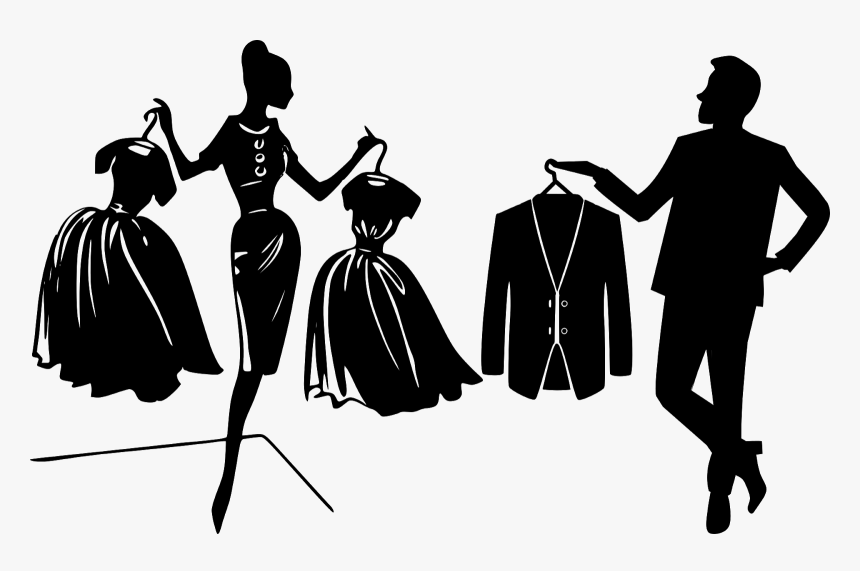The Art of Dramatic Eye Makeup: A Comprehensive Guide
This article explores the principles and techniques of creating dramatic eye makeup, leveraging concepts from color theory, facial anatomy, and cosmetic application. We will define key terms and present a structured approach to achieving a polished, professional look. The process will be broken down into foundational steps, color selection and application strategies, techniques for adding depth and dimension, and finally, refining your skills through practice. "Dramatic eye makeup" in this context refers to the application of makeup techniques to enhance the eyes, creating a visually striking and impactful appearance. This differs from natural or everyday makeup, which focuses on subtlety and enhancement of natural features.
I. Establishing a Flawless Base: Preparation and Priming
Before commencing any makeup application, the principle of canvas preparation is paramount. This involves cleansing the eyelids thoroughly to remove any traces of oil, dirt, or previous makeup residue. This step is crucial, as it ensures optimal adhesion of the eyeshadow and prevents premature creasing or smudging. The concept of a clean palette is fundamental in any artistic endeavor, and makeup application is no exception. Furthermore, the use of an eyeshadow primer adheres to the principle of surface modification. An eyeshadow primer acts as an intermediary layer between the skin and the eyeshadow, providing a smoother surface for application, increasing the longevity of the makeup, enhancing color vibrancy, and preventing creasing – thus improving the overall outcome and aesthetic appeal. This aligns with the concept of optimizing cosmetic performance through the strategic use of base products.
II. Color Selection and Application: Harmonizing with Anatomy and Aesthetics
Color selection is a crucial aspect, governed by principles of color theory and individual characteristics. Bold, saturated shades—deep purples, fiery oranges, or vibrant greens—offer the intensity needed for a dramatic effect. However, the choice must consider individual facial anatomy. For example, hooded eyes benefit from techniques that emphasize the outer corners, creating a lifting effect—an application of optical illusion in makeup. The skillful blending of colors, a principle of gradation, is essential. A fluffy brush facilitates the seamless transition between shades, minimizing harsh lines and creating a sophisticated, professional finish. Applying a slightly darker shade to the crease adds depth and dimension, sculpting the eye and creating a more pronounced shape – this employs the concept of shadow and highlight to manipulate the perception of depth.
Furthermore, incorporating color to the lower lash line intensifies the overall effect. Utilizing a slightly softer shade on the lower lash line balances the intensity and creates visual harmony. This demonstrates the application of balance and contrast, ensuring the dramatic effect is not overwhelming but rather enhances the overall aesthetic appeal.
III. Enhancing Depth, Dimension, and Impact: Advanced Techniques
Winged eyeliner, a classic technique, exemplifies the power of line and shape in makeup. Precision and practice are key to achieving a sharp, defined wing, adding both sophistication and drama. The strategic use of shimmer, incorporating the principle of light reflection, elevates the look and attracts attention to the eyes. This can be achieved by placing shimmer eyeshadow on the center of the eyelid or the inner corners. False lashes, based on the principle of volume and extension, amplify the drama significantly, creating an instantly more open and captivating eye. Textural contrast, using a combination of matte and metallic eyeshadows, adds visual interest and enhances the overall impact by employing the principle of texture in visual design.
Highlighting the brow bone with a highlighter further enhances the dramatic effect. This technique, based on the principle of contrast, creates a frame that makes the bold eyeshadow colors stand out even more. Experimenting with unconventional eyeliner shapes introduces the concept of artistic expression. Geometric or graphic eyeliner styles can be used to create a striking, memorable look, aligning the makeup with individual style and personality. Finally, layering mascara adds intensity, enhancing the volume of the lashes and achieving a bold, captivating finish, utilizing the principle of layering to maximize impact. The entire process incorporates visual perception principles, manipulating light, shadow, and color to achieve a dramatic and visually appealing look.
IV. Mastery Through Practice and Refinement
Mastering dramatic eye makeup, like any artistic skill, requires consistent practice and refinement. The process of learning adheres to the principle of iterative improvement. Each application provides an opportunity to refine technique, experiment with different approaches, and develop a personal style. Embrace the learning process, and celebrate incremental progress. The goal is to develop confidence and competence, translating theoretical knowledge into practical skills.




